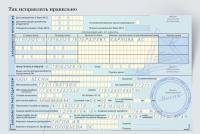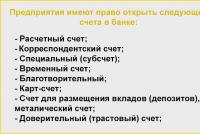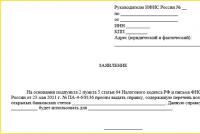What is the useful life of a fixed asset and how to find it out?
On the balance sheet of any, even the smallest organization, there is such a category of accounting as fixed assets. These objects of labor have a material form and a useful life of more than a year. Gradually, the funds wear out, their value decreases and is transferred in the form of depreciation in parts to the cost of manufactured products.
Dependence of the main stages of work
At the same time, this group has a huge influence on the conduct of the entire economic process. Many parameters are directly dependent on the cost of fixed assets:
- Taxes (in particular, on property, profits and others).
- end product price.
- The value of the assets of the enterprise, etc.
Knowing the useful life of the fixed asset, the accounting department of the organization rationally distributes depreciation in order not to violate the norms of the law, protect the enterprise from the risks of damage and reach the planned financial indicators. In addition, such information is of great importance in taxation. It is very important to accurately determine the required value for paying the property tariff. The calculation of the amount of this tax primarily involves the residual value of one of the objects of the fixed assets group (fixed assets), which is the difference between the full (original) price and its depreciation accrued over time. The latter indicator is closely related to the period of use. Therefore, an incorrect definition of this period leads to distortion and errors in the calculation of property tax. In order to avoid unpleasant consequences, we will consider where and how to find the information of interest to the accountant.

Period classification
The useful life of an asset is the period of time over which the asset provides economic benefit to the entity. In this case, the indicator is calculated based on the classification given and approved by the government of the country. This document entered into force on January 1, 2002. In accordance with it, all fixed assets are divided into ten groups. Each of them has a certain useful life of the OS.
The first three groups
As mentioned above, there are ten groups in the classifier.
- First category combines short-lived property. The useful life of a fixed asset here should not be less than one year and not exceed two years. This includes wrenches, tools for drilling, screwing and unscrewing, items for geological exploration and oilfield purposes, and others.
- Second category has collected operating systems that bring economic benefits for two or three years. These include shooting cranes, forage harvesters, belt feeders, etc.
- Third group characterized by a useful life of 3 to 5 years. Elevators, mobile belt conveyors, passenger, lamellar, vibrating, various machine tools for metal processing, sewing machines, street cleaning attachments - all these and other fixed assets belong to this type.
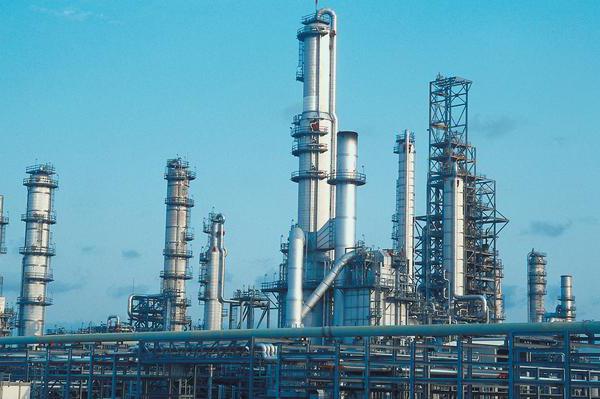
Five to fifteen years old
- Electric heaters, perennial berry plantations, overhead power lines, embroidery machines, buses, trolleybuses, draft animals and much more are included in the fourth group. The useful life of fixed assets of this category is from 5 to 7 years.
- Following are objects with a depreciation period of two years more. These are prefabricated and collapsible buildings (except for residential ones); machinery and equipment (including multilevel pressure heaters, boilers, condensers); turbine gas installations; combines for harvesting grain/fodder/potatoes; tanks, fire trucks, as well as hydraulic lifts and garbage trucks, tram cars. And, oddly enough, perennial plantings: lemons, oranges, chokeberry, hops, medicinal crops and other objects.
- The sixth group combines the means of labor, the period of use of which is from 10 to 15 years. These include offshore self-propelled barges and pontoons, steam boilers (except those used for central heating), special power electric motors, aircraft and helicopters, stone trees, frame, reed and other lightweight dwellings, chimneys, cooling towers, overhead power lines, narrow gauge railway, water wells, platforms, etc.

Latest groups
- From 15 to 20 years, such fixed assets as wooden, container, frame and panel, wood-metal, adobe, adobe, frame-sheathing and panel, raw and other similar buildings, excluding residential buildings, are used. As well as high-speed roads, railway, pedestrian, road and combined bridges, packaging and strapping machines, sea non-self-propelled vessels, power trains and others. This is the seventh group of the classifier.
- The next category has a useful life of 20 to 25 years. Collectors intended for laying pipes, blast furnaces, railway tracks operated for non-public use, wharfs, power wires and cables, river cargo-passenger ships and some others - all this belongs to the eighth type.
- The penultimate, ninth group combines fixed assets, the useful life of which exceeds twenty-five years, but does not go beyond thirty. Here are collected buildings such as fruit and vegetable storehouses with stone walls, reinforced concrete columns, roofs, coastal fortifications, marine fire ships, nuclear reactors, water purification plants, covered wagons for highways, wagons and tanks for oil and gasoline, etc. d.
- The fixed assets of the latter group have been bringing economic benefits to the organization for more than thirty years. These primarily include dwellings, escalators, floating sea docks, subway cars, windbreaks and many other means of labor.
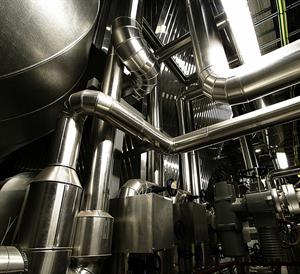
We make a decision
If the Classification does not contain a particular object, you can set its useful life yourself. In doing so, the following planning criteria must be taken into account:
- useful life.
- Physical deterioration.

